“It’s annoying they’re not men,” Édouard Manet wrote to fellow artist Henri Fantin-Latour, after meeting Berthe and Edma Morisot, two sisters from the Parisian upper crust who were promising painters. He found them “charming,” and feared that because they were women, their accomplishments would inevitably go to waste. Manet thought the Morisot sisters should “further the cause of painting by marrying académiciens,” members of the jury who selected which works to display at the Académie des Beaux-Arts’s annual Salon. The possibility that the Morisots might actually become artists did not seem to occur to him. Manet envisioned the Morisot sisters might make their mark in the annals of art as counselors to men in power—by influencing their tastes and sympathies, and convincing them of the worth of outsider artists (such as Manet himself).
Edma gave up her practice when she married in 1869. The next year Berthe destroyed the entirety of her own oeuvre and fell into a creative fallow period. She considered giving up painting for good. But though Berthe shared the same background as her sister, something allowed her to pick up the brush again. Perhaps it was in part a freedom born of being single. “People repeat ceaselessly that woman is born to love but that’s what’s hardest for her,” she wrote. “It’s the poets who’ve written the women lovers and ever since we’ve been playing Juliet for ourselves.” She did eventually marry (to Manet’s younger brother, Eugène), but waited until the age of thirty-thirty, when women were more likely to be widowed than plan a wedding.
“Berthe Morisot,” now on at the Musée d’Orsay (after installations in Philadelphia, Dallas, and Quebec), strives to show a complete vision of her oeuvre. There are three or four canvases to each wall in the small, dark rooms. I visited three weeks after the opening and the crowd was still so dense I had to elbow my way in front of each painting.
And yet even this feels like pittance for the perennial institutional oversight of Morisot’s legacy. Until now, she has been relegated to the provinces and as a side act to Monet at the Marmottan. The Musée d’Orsay, guardian of the Impressionists, has ignored her through its thirty-year history. Since the museum’s opening in 1986, this is the fourth exhibition devoted to a woman artist. Many of the French women academics I know, though they consider themselves feminist, refuse to bring feminism into their work for fear of no longer being seen as objective. The laurels of universalism are still upheld as a goal here in France, leaving scars in the form of silence—but the winds do seem to be shifting.
You’ve already seen Morisot even if you’ve never heard of her until now. She starred as Manet’s model in paintings such as The Balcony (1869), where she was the languorous brunette with a half a scowl and a sharp gaze. The men in her life—and there were some important ones—loved looking at her looking. “[She] lived in her large eyes,” Paul Valéry wrote. “Their constant activity gave her a foreign air…foreign, meaning strange, but by means of an excessive presence.” Despite being the rumored windows to the soul, eyes do not necessarily give access to the person’s interior.
The Morisot who became known as a fixture of the Parisian gratin, as the go-between for some of the more unsociable Impressionists, obscured Morisot the artist. Eighty-five percent of her 423 paintings were in the possession of family members at the time of her death, as if she were a talented amateur with a few sentimental devotees. More than half of the works in the current exhibition come from private collections. The bias is systemic: from 1864 to 1900, the heart of the d’Orsay’s chronological purview, only three percent of the works purchased by the French state were made by female artists.
The exhibition catalogue is laced with works by men—Manet, Degas, Toulouse-Lautrec—as if Morisot still has to prove the steadiness of her hand in relation to what is known to be great. In some ways she does not measure up. Manet’s work might have invited double-takes, troubling one’s sense of the “real,” but his figures are nevertheless proportionate, informed by years of training in the corporeal arithmetic of limbs, shoulders, and cheekbones. When Morisot paints hands they fall apart, as if the world slips through the fingers of her models, almost all of whom are women. According to Morisot scholar Anne Higonnet, “painting’s most prestigious, most masculine subject, the female nude, defeated her.”
Morisot was working at a time when women were not allowed to take anatomy lessons for fear they would be sullied by impure thoughts. Women were believed to lack the abstracting powers necessary to turn nakedness into nudes. Given the way women were told to comport themselves in private, it is highly probable Morisot never so much as looked at herself without clothes on in the mirror, and she did not think about reversing the usual gender roles by painting male models. Morisot sat for Manet eleven times, sometimes for uncomfortably long sessions, while Manet never sat for Morisot.
But Morisot’s fluid bodies also ask what a person might be. There are those who believe her work’s lack of polish demands the reader imagine their way through the ambiguities. And the way she used paint was just as interestingly strange as the subjects she painted. Her paintings tend to be as thick in the center as the belly of a Turner sunset, then spread out so thin at the edges that the canvas shows through. At the time, this was ridiculed as exhibiting “feminine” hastiness. Degas famously stated that Morisot made a painting like you make a hat. But the method also works to emphasize the subject, liberating her from her physical context—a context in which her body was valued as her only means of worth, be it by marriage or prostitution. In Portrait of Mlle L. (1885) or in one of Morisot’s own self-portraits (1885), the bare edges of the canvas suggest that the woman has agency, physical and otherwise; in Morisot’s garden scenes or beflowered interiors, the dresses melt into the background, refuting the viewer’s possession of the figure. Morisot’s messy brushstrokes—some of the most daring among her contemporaries— suggest that “woman” is pure fiction, an idea bursting at the seams of the experience it supposedly names.
If realism had been about classifying and controlling the otherness of femininity—think of Ingres’s odalisques—Impressionism offered an escape. But while the new mode would stage its battles on the terrain of the female nude, the angles and surfaces of those bodies, women were excluded from defining what modernity meant both as an aesthetic practice and as a social experience. Morisot’s erasure from the history of Impressionism has insidious origins in the role women were supposed to play in “the transient, the fleeting, the contingent,” as Baudelaire defined modernity: women were sequestered in the interior, in the anti-modern “eternal” of the feminine.
With its apartment interiors and intimate gestures, Impressionism was at first considered womanly, and male painters were criticized for renouncing subjects better suited for posterity. When the movement took on monumental prominence in the 1970s, its stance against an école resonated with the counter-culture of the time, whose emphasis was on individual transgression. But even while feminism galvanized its theoretical approaches, even as the virtues of the avant garde were expounded, Morisot was written out of the movement of which she had been an integral part. In a painting like Hanging the Laundry Out to Dry (1875), neither the smoke-smudged sky nor the lower-class laundresses—who were working in an economy, as opposed to the immutable figure of the shepherdess or glâneuse—were deemed gritty enough by the art critics of the late 20th century. T. J. Clark judged that “the painter does not seem to find [modernity] in the least melancholy, or believe it should change her bright, bucolic handling of the things in front of her.”
The way we choose to look determines what we do not see. In Morisot’s work as seen by other critics, the nascent forms of labor in a rapidly industrializing society are one of her most unavoidable themes. But as Linda Nochlin noted, the habit is “to conflate woman’s work…with the notion of leisure itself.” While the Impressionists have been theorized ad nauseum, few people have taken up the history of the very real women depicted so frequently as the centerpieces of these works. The muse does not own her image and never receives copyright fees Victorine Meurent modeled in Manet’s Dejeuner sur l’herbe and Olympia to support her own career as an artist, exhibiting on three occasions at the Salon when Manet himself was rejected—but he was the one to shock viewers and later be hailed as a genius for revealing her lowly social origins in paint.
In Morisot’s The Wet Nurse and Julie (1879) featuring her daughter, you can glance at the superficial beauty and see an updated Madonna and Child. Or you can interpret the painting as a silent accusation leveled against a system that would render invisible the efforts necessary to be both artist and mother, and create a need for the wet nurse to fill in as hired help. Morisot refused to overlook this kind of labor as what women just “did.” Her models at the toilette with their powder and blush are making themselves up, both literally and figuratively, for the roles they must play. Perhaps this is what Mallarmé meant when, writing shortly after Morisot’s death, he observed that the critic, “expecting Elysian deliciousness” would instead be confronted by her “hostile” images. “The friendly Medusa,” he called her. She killed the aesthetic in which women had for so long been “immortalized” as art.
Morisot pierced the surface of the image to reveal the woman behind it, not as body, but as sentient subject. In her painting Interior (1872), a woman dressed in black sits, hands crossed in her lap, looking at something out of the frame, or at nothing in particular. Her blank expression acts as a shield against whatever we might want to project onto her; she refuses to be complicit with the viewer’s fantasized drama. Meanwhile a little girl behind her parts the transparent curtains to look outside the balcony. Her figure transforms the meaning of the painting’s title, opening the inner eye outward, the virtual prison of the drawing room giving way to the expanse of the subjective experience. Morisot’s repeated themes of fantasy and abandon depict an act of resistance. Even when her subjects do return the viewer’s gaze, they seem uncannily distant and apart, as if staking out a claim to their own autonomy. In Julie Daydreaming (1894), Morisot painted her daughter in the full adolescent in-between-ness. The wistfulness is writ large in her half-open eyes, as she, perhaps, imagines a space in which she might be allowed to grow.
Pictures of women have, for so long, kept women themselves outside of art. Morisot’s practice was kept in the closet during her life time, and at the exhibition’s close much of her oeuvre will return to living rooms the world over. But here they are, however briefly, however long it’s taken, a thread of hope through them, a desire to pull back the curtains of history and step out into the open air.
Madison Mainwaring is a writer based in Paris and New Haven.
from The Paris Review https://ift.tt/2SxM2pS
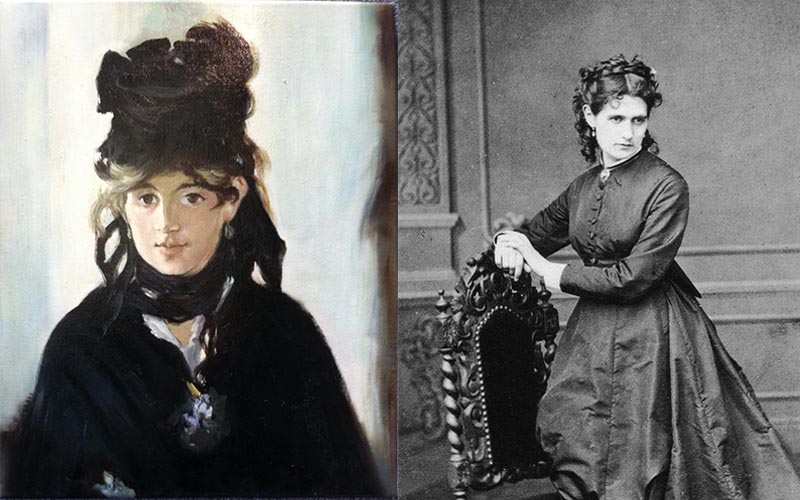
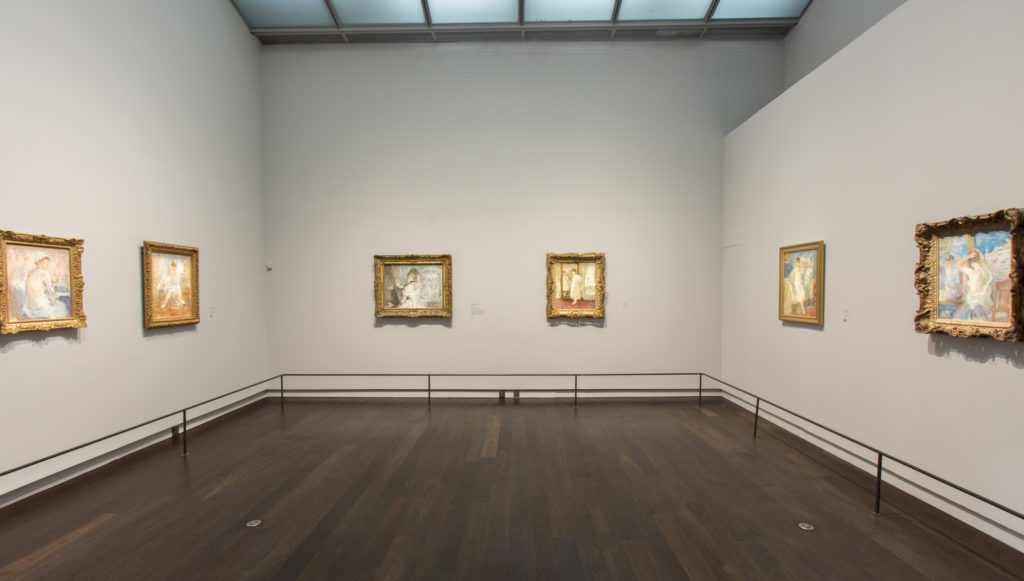


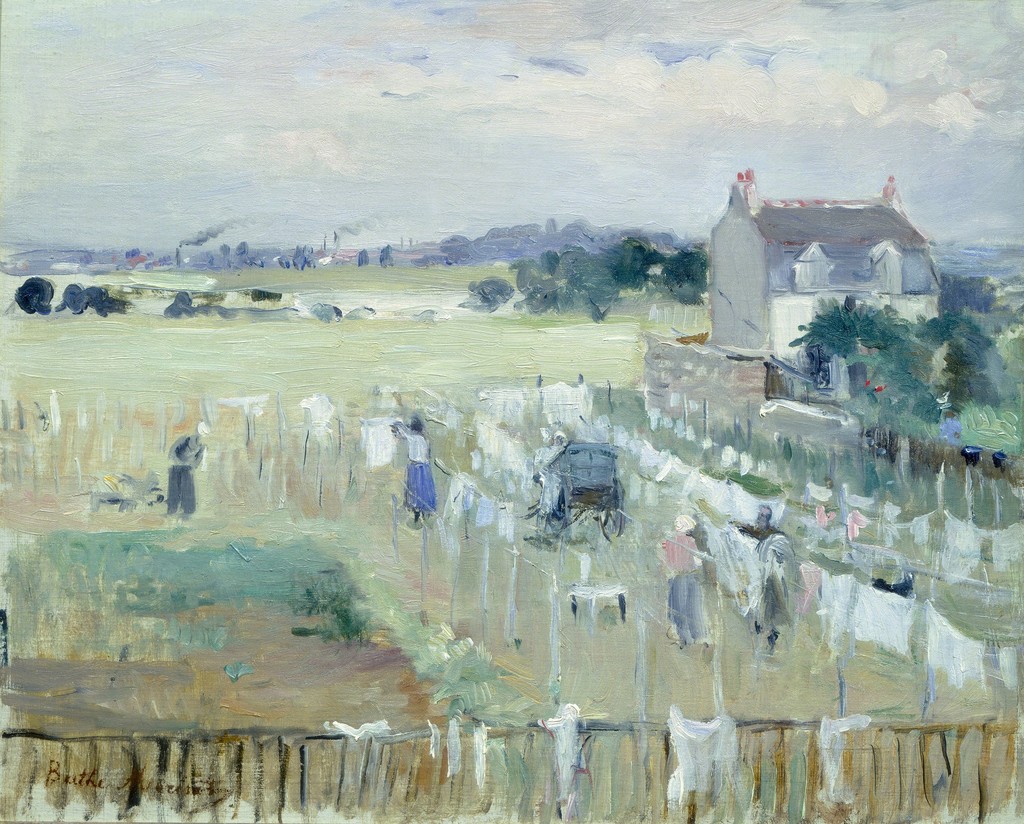
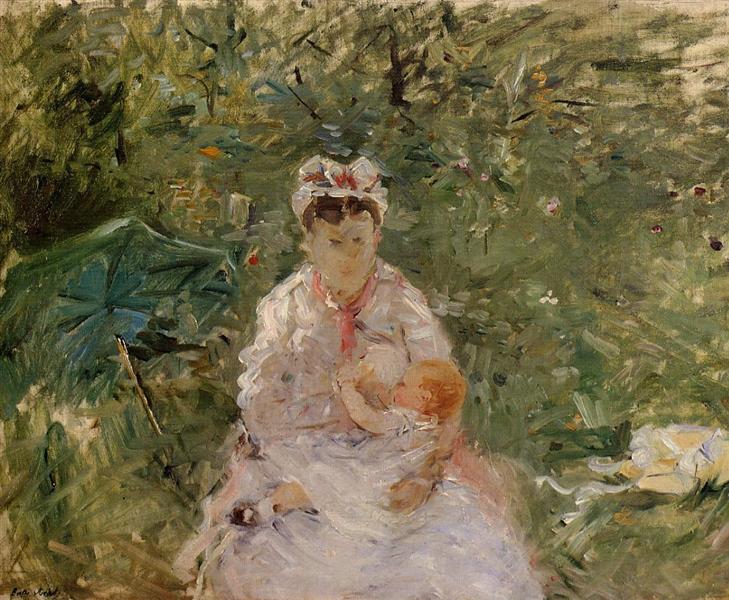
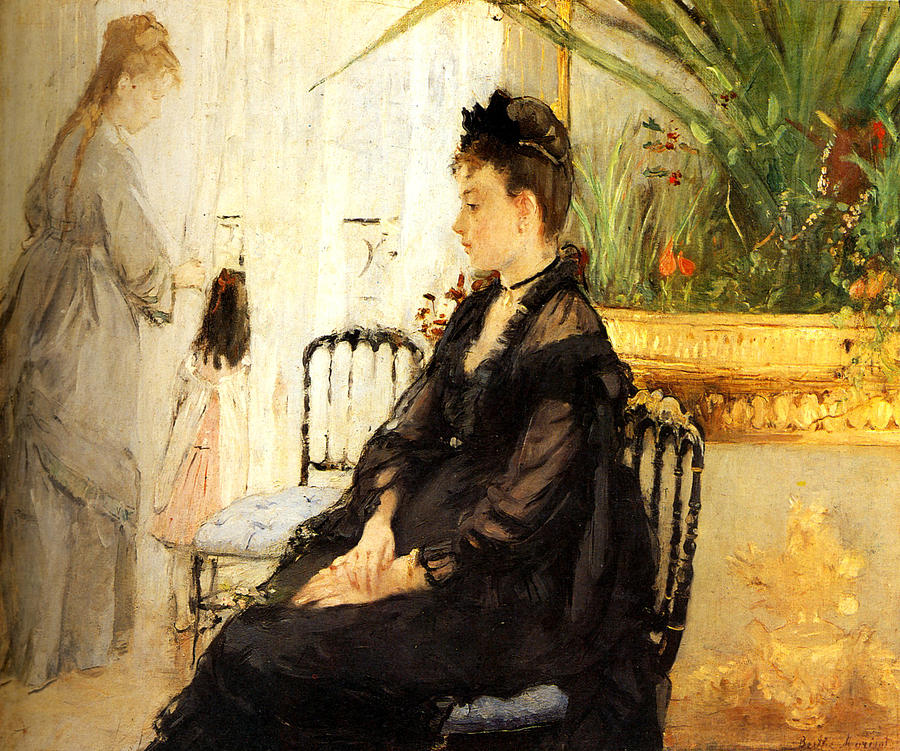
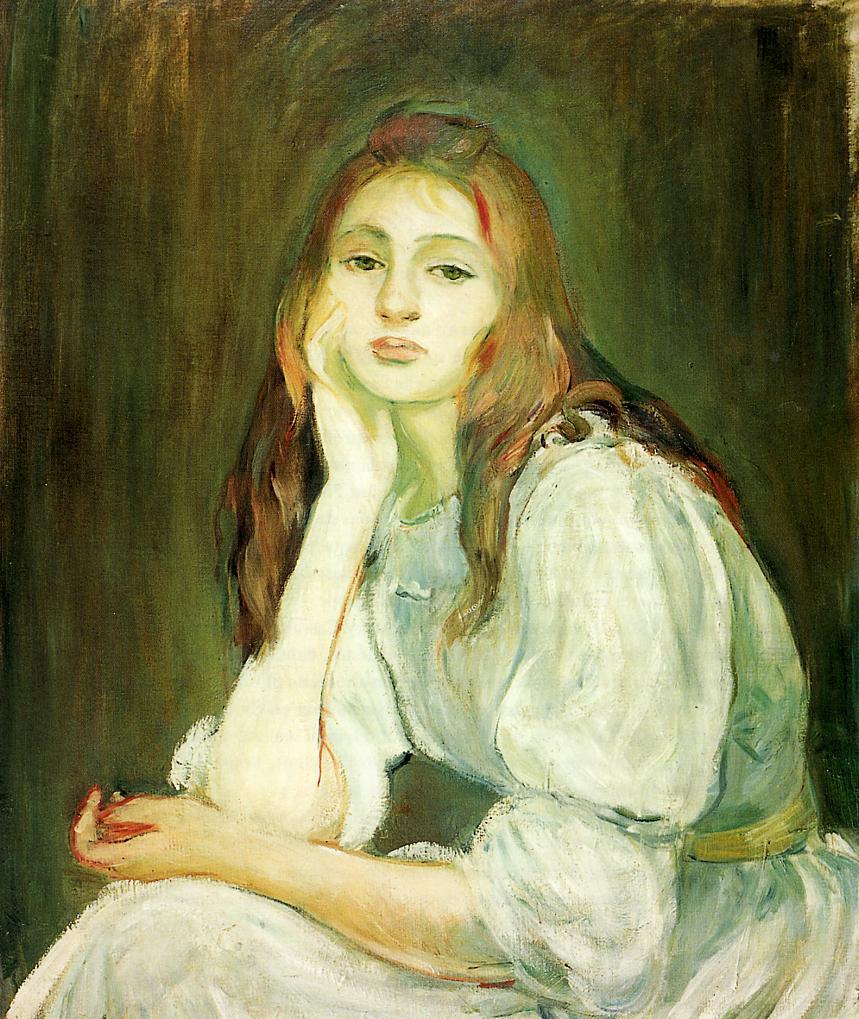
Comments
Post a Comment